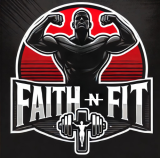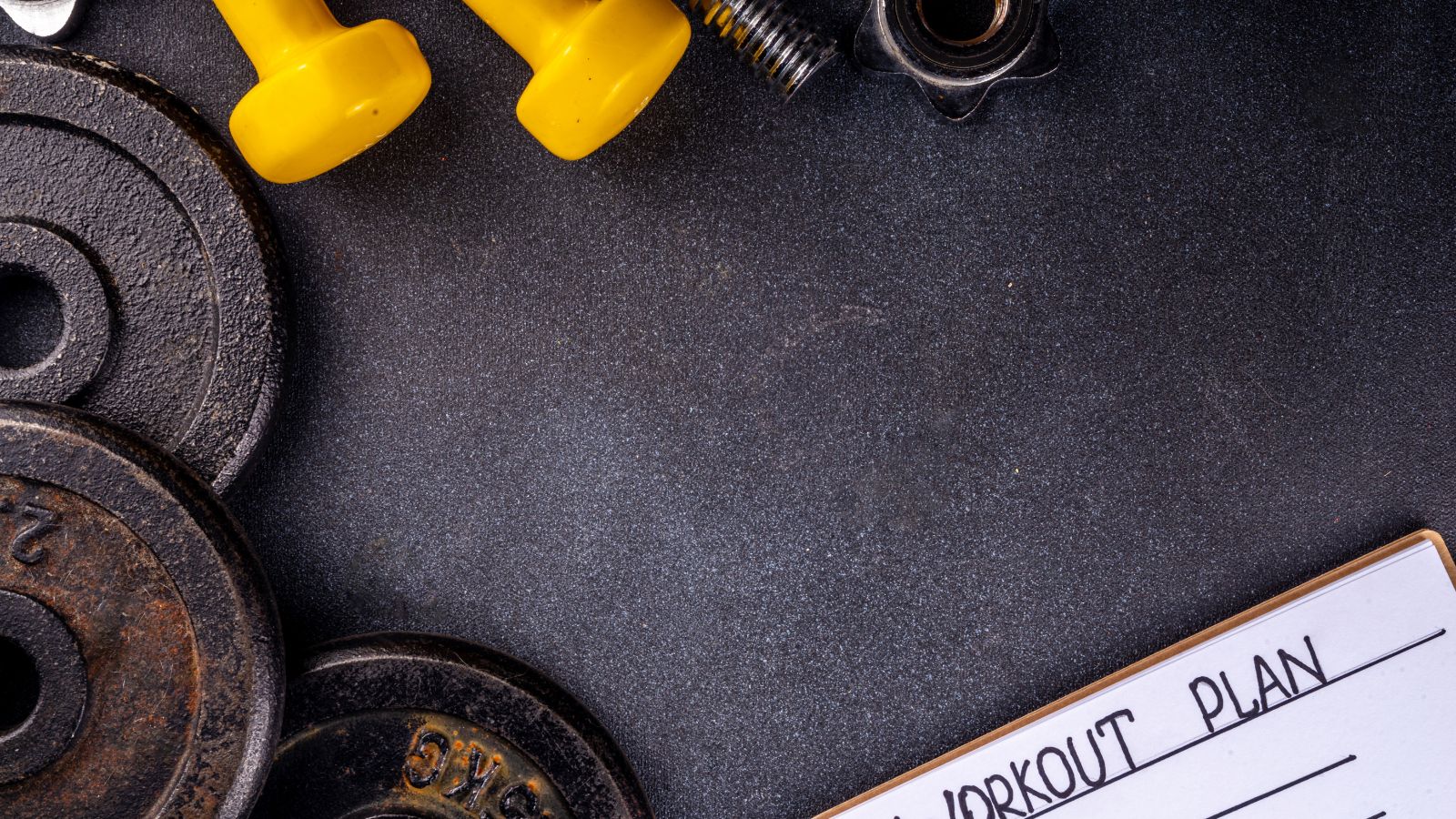From the 1950s to the early 1980s, golden era bodybuilding produced some of the most iconic physiques in fitness history — think Arnold Schwarzenegger, Frank Zane, and Serge Nubret. Unlike today’s mass monsters, these athletes focused on symmetry, aesthetics, and proportion, building timeless physiques with high-volume training, sculpting routines, and clean nutrition.
Let’s break down the training secrets that defined the golden era — and how you can use them today to build classic, aesthetic muscle.
What Defined Golden Era Bodybuilding?
Golden era bodybuilding prioritized:
- Aesthetic symmetry over sheer size
- Posing and presentation as part of training
- High-volume, split routines
- A focus on compound and isolation movements
- Strict attention to form and mind-muscle connection
These athletes trained to look like Greek statues, not just move weight.
The Training Philosophy of the Golden Era
Golden era lifters followed these core principles:
1. Train With Volume, Not Just Weight
Typical routines included 20–30 sets per body part with 8–12 reps per set. The idea was to flood the muscle with blood, cause a pump, and maximize hypertrophy.
Example chest day:
- Incline bench: 5×10
- Flat bench: 5×10
- Dumbbell flyes: 5×12
- Dips: 5×12
2. Split Training: 5–6 Days a Week
Most golden era routines used bro splits or push/pull variations:
- Day 1: Chest & Back
- Day 2: Shoulders & Arms
- Day 3: Legs
- Day 4: Repeat with variation
This allowed intense focus on each muscle group and ample volume per session.
3. Perfect Form and Tempo
Slower reps, controlled negatives, and full range of motion were key. This helped develop muscle maturity and density— not just bulk.
Arnold famously said: “The weight is just a tool. What matters is how you use it.”
Key Golden Era Techniques
✳️ Supersets and Trisets
Used for both intensity and aesthetics. Arnold often combined chest and back or biceps and triceps supersets to maximize the pump.
✳️ Posing Practice
Posing wasn’t just for stage presence — it was part of training. It helped improve muscle control, definition, and symmetry awareness.
✳️ Pump-Focused Workouts
Instead of training to failure every set, golden era bodybuilders aimed for a deep, full muscle pump using moderate weight and high reps.
Nutrition During the Golden Era
While less scientific than today, their diets were effective:
- High protein from eggs, chicken, beef, and dairy
- Moderate carbs from rice, potatoes, and oats
- Low sugar and processed food
- Frequent meals — usually 5–6 per day
Supplements were minimal — mostly protein powder, liver tablets, and amino acids. The emphasis was always on whole food first.
Can You Train Like a Golden Era Bodybuilder Today?
Absolutely. While recovery needs and goals vary, modern lifters can adapt golden era strategies by:
- Training 4–6 days per week with volume
- Prioritizing symmetry and control over max weight
- Adding supersets and posing to sharpen definition
- Eating clean, high-protein meals to support muscle growth
Even in today’s science-heavy fitness world, old-school principles still build muscle — and they often lead to better longevity, aesthetics, and joint health than chasing pure strength.
Key Takeaways
- Golden era bodybuilding focused on aesthetic symmetry, volume training, and controlled form.
- Techniques like supersets, posing, and high-frequency splits built balanced, sculpted physiques.
- Nutrition was based on whole foods, high protein, and consistency — not extreme bulking or cutting.
- These methods are still relevant today for those seeking classic muscle aesthetics and long-term results.
- Blend modern recovery tools (like mobility work and nutrition tracking) with golden era strategies for optimal gains.
Read Next
References
Subscribe now and get a 14-day free trial workout app for iPhone users.





